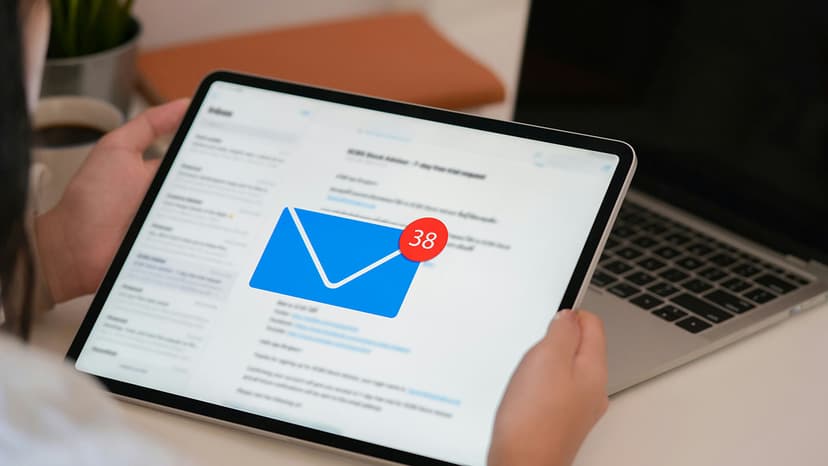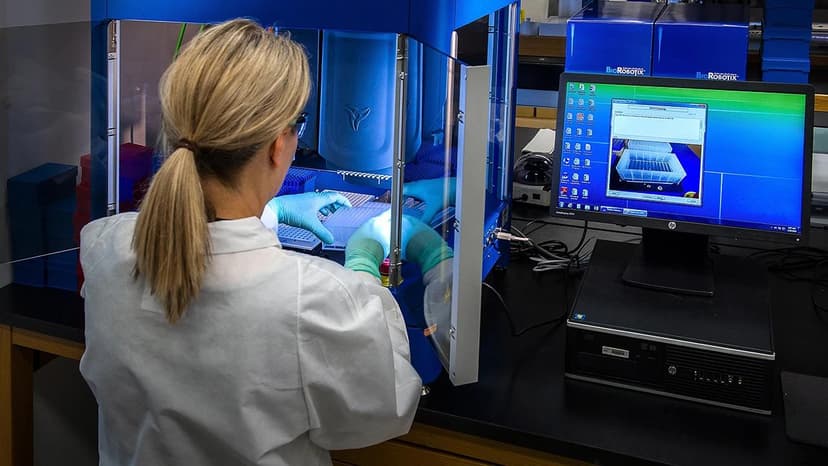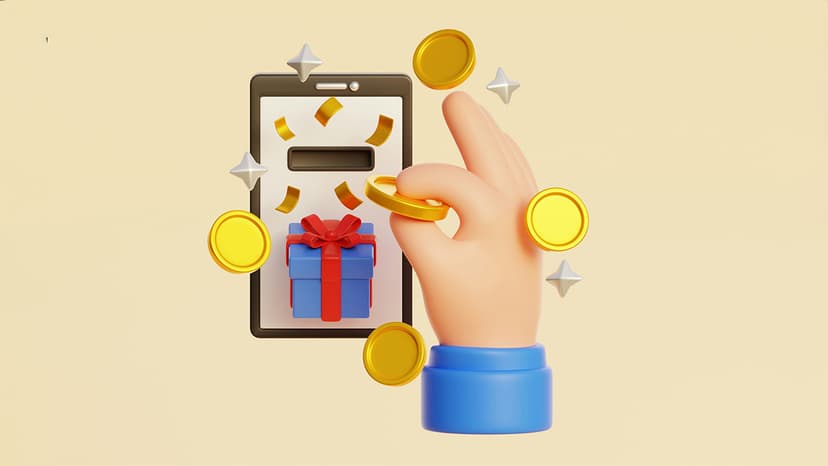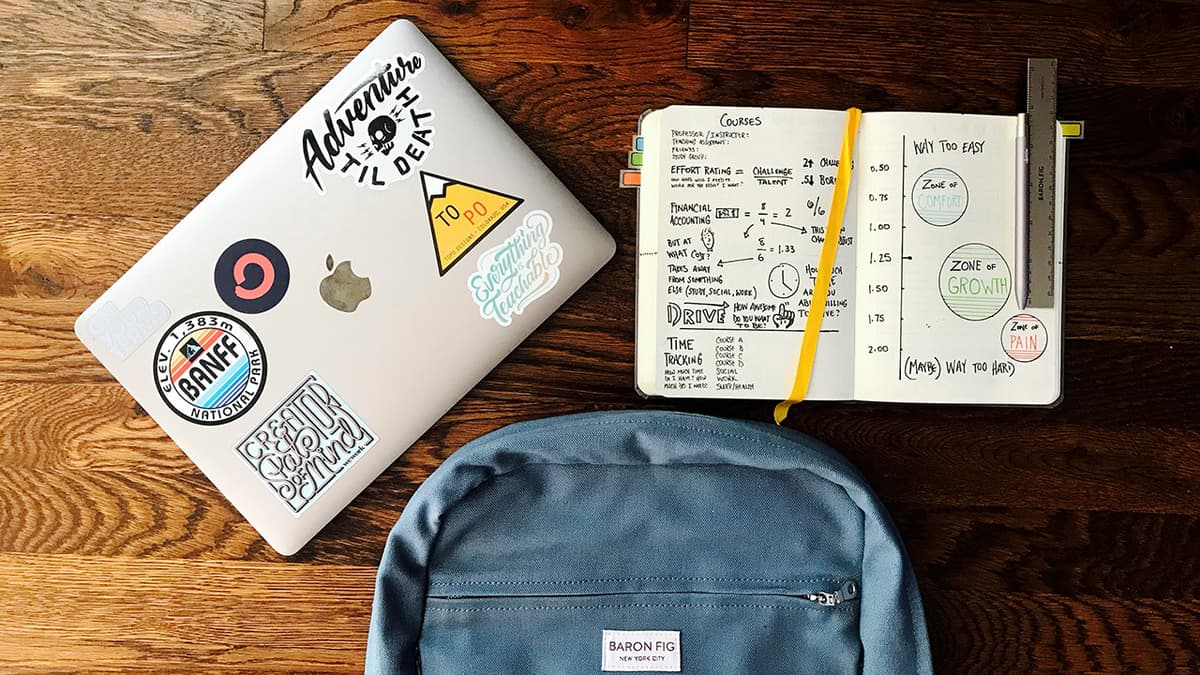Customer Satisfaction Survey Questions
Businesses seek feedback on experiences through customer satisfaction surveys. These surveys are valuable tools for measuring how products or services meet, exceed, or fall short of customer expectations. Crafting the right questions involves understanding customer behavior.
Surveys provide a direct line to customers' thoughts, allowing you to tap into their impressions about your service. The quality and relevance of the questions can determine the usefulness of the responses. Here are some common and effective types of customer satisfaction survey questions.
Open the Feedback Loop
Open-ended questions allow customers to express their thoughts in their own words. Examples include:
- What was your favorite part of your experience with us?
- What could we do to improve your next visit?
These questions invite unfiltered insights into customer experiences. Be prepared for a range of responses, from brief to detailed.
Measure Satisfaction on a Scale
Rating-scale questions enable customers to provide quick feedback without elaborate responses. Examples include:
- On a scale from 1 to 10, how satisfied are you with our product/service?
- Rate the knowledge of our staff from 1 (Not knowledgeable) to 5 (Very knowledgeable).
Scaled questions help quantify satisfaction and are easy to analyze. Customers can express their feelings quickly, and businesses can track these metrics over time.
Dive into Specifics with Multiple Choice
Multiple-choice questions streamline data analysis and help identify patterns. Examples include:
- Which of the following words would you use to describe our product? (Select all that apply.)
- Reliable
- Overpriced
- Innovative
- Unnecessary
Customers can select options that resonate with them, providing a clear picture of their perceptions.
Yes or No? The Binary Question
Yes/no questions simplify the feedback process:
- Were you greeted promptly upon entering the store? Yes/No
- Did our product meet your expectations? Yes/No
These questions identify key strengths or weaknesses in your service and encourage higher response rates due to their simplicity.
Follow-up for Greater Insight
Follow-up questions investigate specific aspects of customer experiences:
- You mentioned that you were not satisfied with the product quality, can you tell us more about your concerns?
- You rated our customer service highly—what did we do particularly well?
These comments guide you in making precise changes to business operations.
Prioritize with Ranking Questions
Ranking questions ask customers to order service aspects by importance or satisfaction. An example includes:
- Please rank the following features of our hotel in order of preference:
- Room cleanliness
- Staff helpfulness
- Amenities
- Location
Ranking provides insights into customer priorities and helps focus improvement efforts.
Let Them Recommend
Likelihood to recommend questions measure customer loyalty and satisfaction. An example is:
- On a scale of 0 to 10, how likely are you to recommend our business to a friend or colleague?
Promoters (scores of 9-10) are likely satisfied and loyal, while Detractors (scores of 0-6) may need attention.
Putting It All Together
A good customer satisfaction survey combines different types of questions to provide actionable insights. When planning your survey, consider the overall experience you want to assess and choose question types that give you a complete picture.
Your goal is to enhance the customer journey effectively. Thoughtful survey questions lead to valuable feedback that can elevate your business and ensure customers feel heard and valued.












